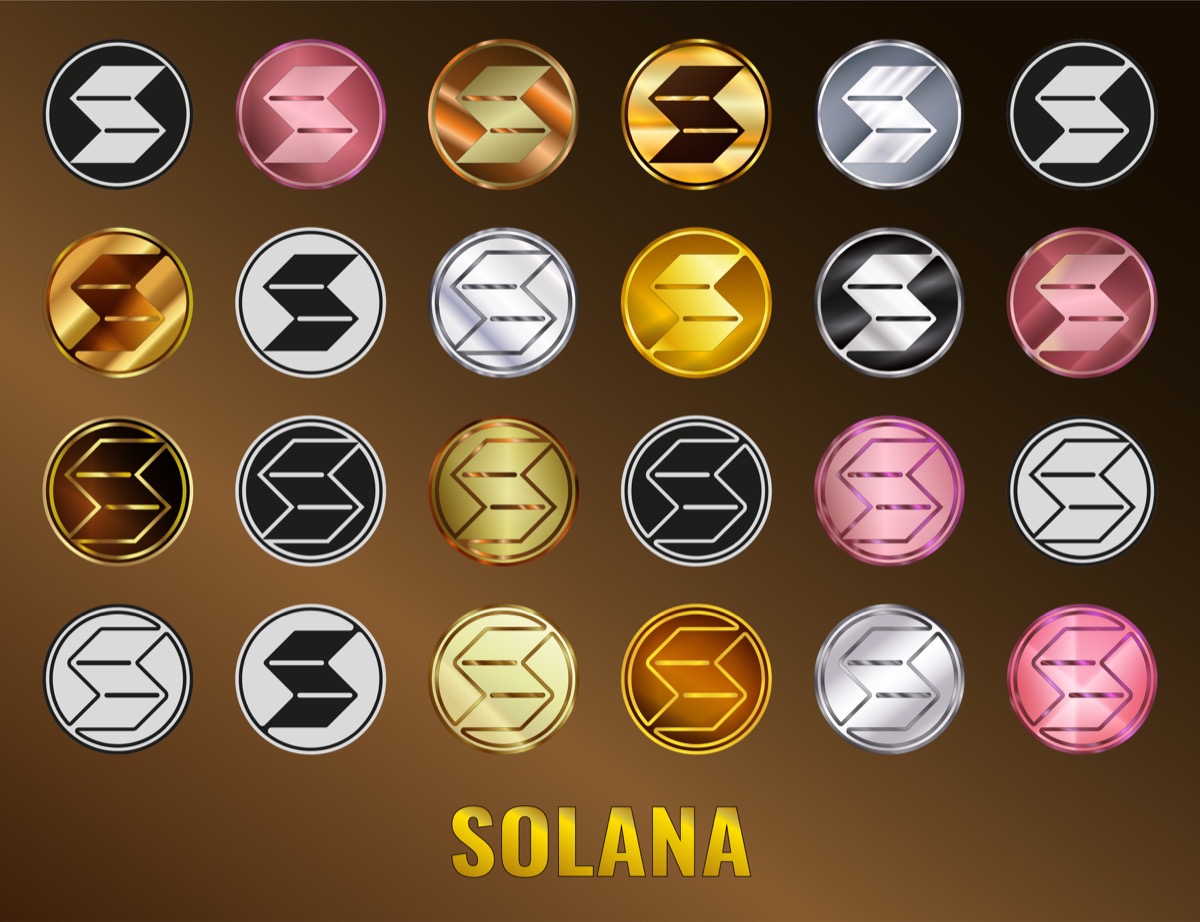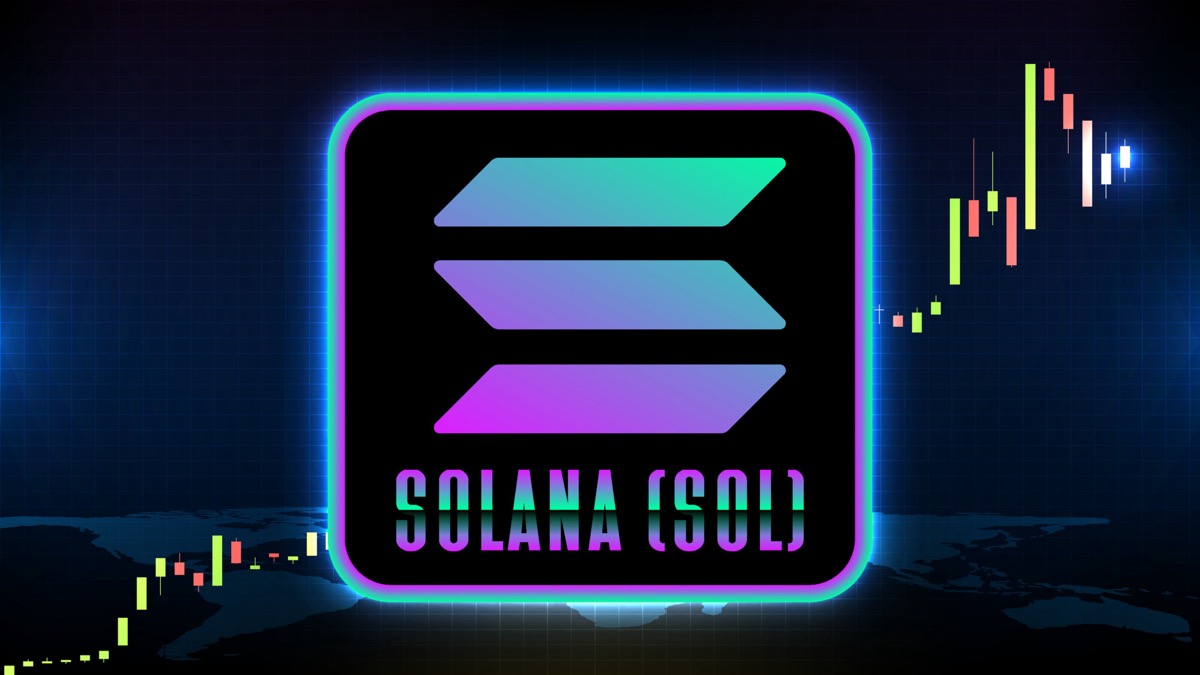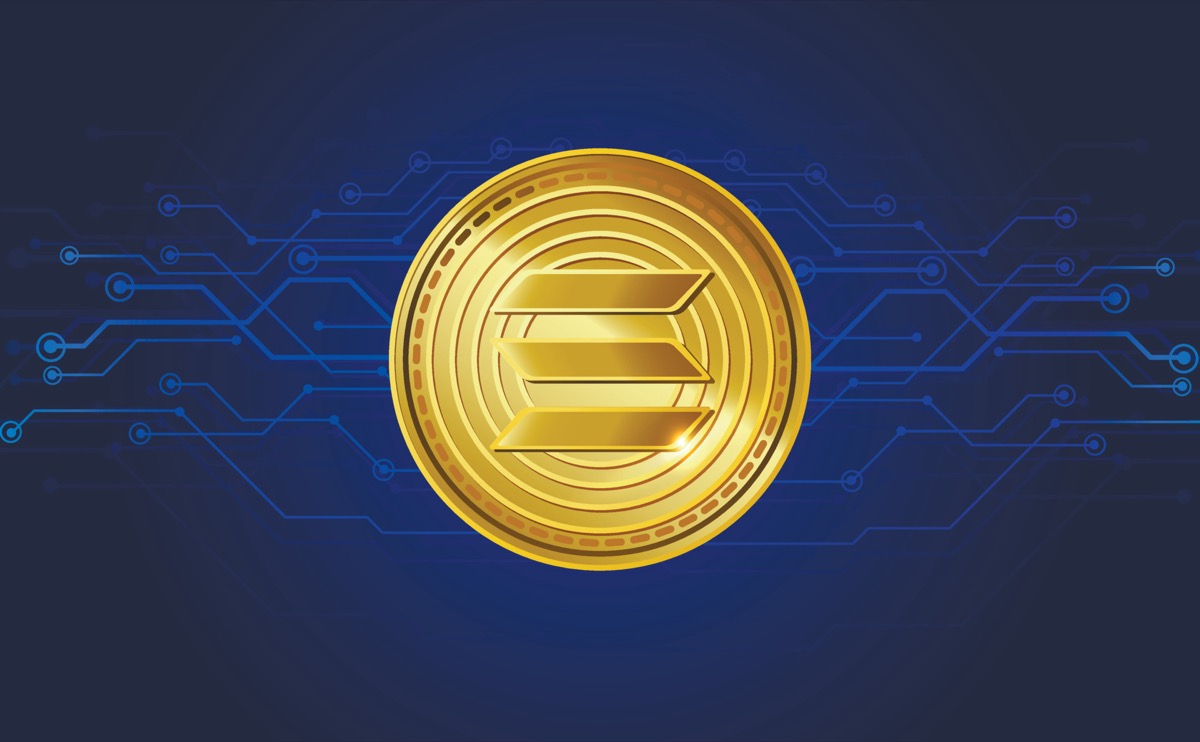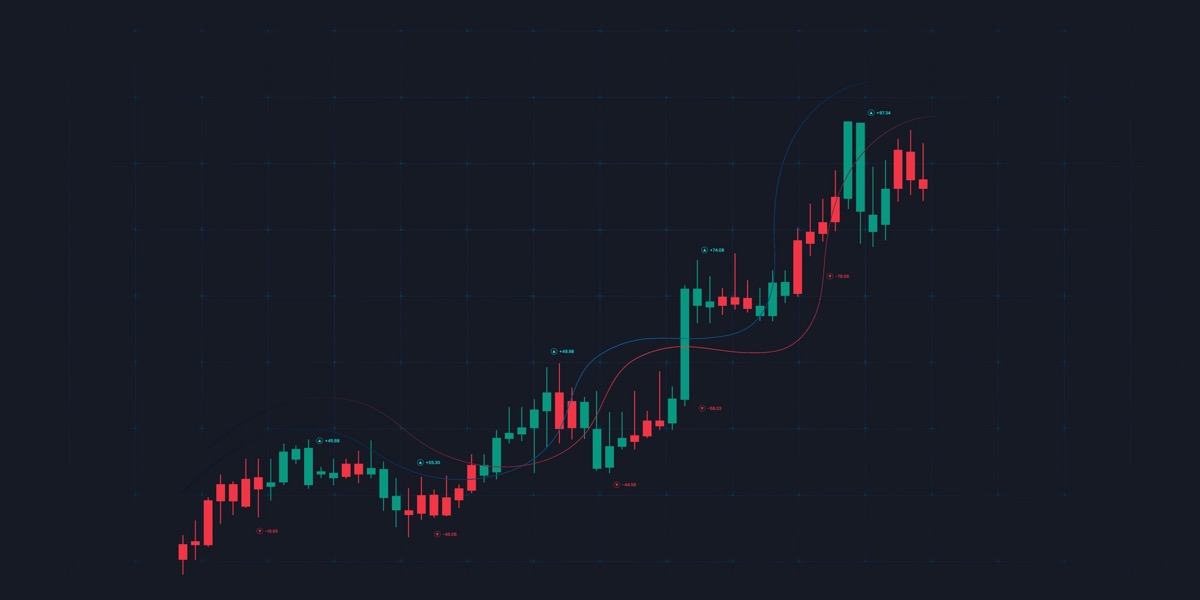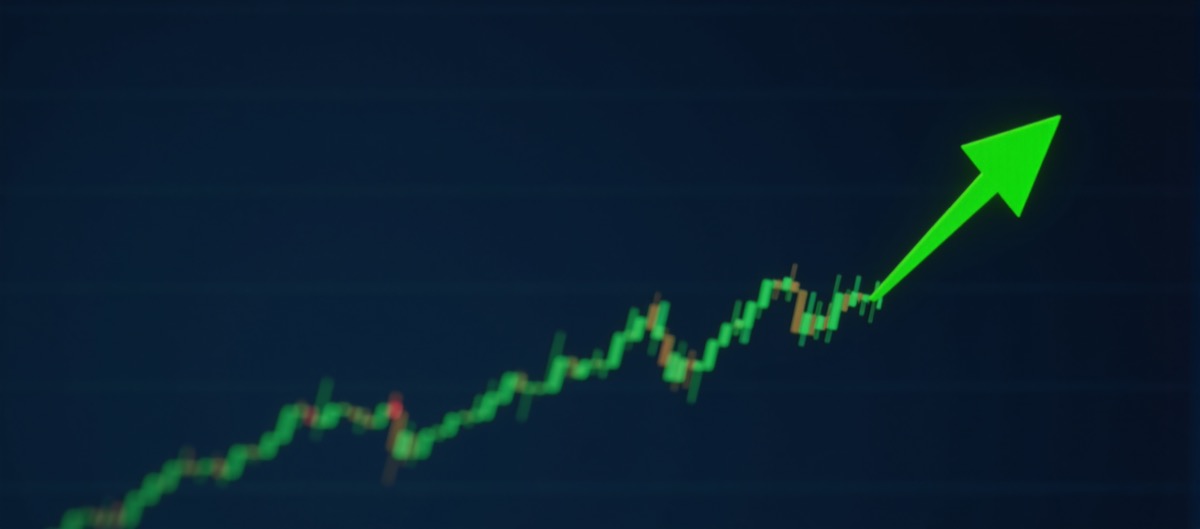
How a Solana Volume Bot Drives Long-Term Token Growth
In the fast-paced world of decentralized finance, sustaining steady trading activity is a challenge for many Solana tokens. Without consistent trading volume, projects struggle to gain attention from liquidity providers and potential investors. That’s where a solana volume bot comes into play—automated software designed to generate reliable, organic-looking trading activity that keeps charts moving in the right direction. By leveraging this tool, token creators can focus on roadmap development while the bot works in the background to foster market momentum.

Imagine waking up to a chart that climbed steadily overnight, attracting new holders even while you slept. It’s not magic—it’s the result of strategic volume injections that signal credibility to the broader market. But how does one establish such credibility without exhausting precious resources on manual trades? The answer is simple: automation. A solana volume bot is engineered to simulate genuine trading patterns, creating an illusion of healthy liquidity that draws more eyes and capital to your token.
Over the next several sections, we’ll dive deep into what a solana volume bot is, why consistent volume matters for token growth, examine real-world case studies, weigh the pros and cons, compare automated volume strategies against manual tactics, and wrap up with frequently asked questions. By the end of this blog, you’ll understand how integrating a volume bot from SolARBa can position your Solana project for sustainable long-term success.
Understanding the Solana Volume Bot
What Is a Volume Bot?
A solana volume bot is a specialized piece of software programmed to execute buy and sell orders on decentralized exchanges in a pattern designed to mimic organic trading activity. Unlike manual traders who place orders one at a time—often risking emotional decisions—a volume bot can be configured to generate consistent order sizes, time intervals, and transaction frequencies that resemble real market behavior.
At its core, the bot cycles funds through multiple wallets, moving tokens in and out of liquidity pools to create the appearance of active trading. These transactions are randomized enough to avoid triggering anti-bot detection, yet strategic enough to maintain upward momentum on platforms like DexScreener. The result is a chart that displays regular spikes and sustained volume, signaling to outside observers that there is genuine interest in the token.
How the SolARBa Volume Bot Operates
SolARBa’s implementation of a volume bot combines advanced algorithms with real-time market intelligence. By analyzing live trading data across Solana’s ecosystem, the bot adapts its behavior to prevailing conditions—whether the market is bullish, bearish, or sideways. For instance, in a low-liquidity environment, the bot may focus on smaller, more frequent trades to avoid large price swings that could deter potential investors.
Moreover, SolARBa’s volume bot operates on a multi-wallet architecture. Rather than funneling all activity through a single address, the bot disperses transactions among dozens—or even hundreds—of addresses. This approach not only enhances the appearance of diverse participation but also mitigates risk in case any single wallet encounters a security issue. The net effect is a robust, plausible trading pattern that supports the token’s chart and attracts legitimate traders.
Why Consistent Volume Matters for Token Growth
Building Credibility and Attracting Investors
Consistent trading volume is akin to social proof in the token world. When investors see a token that trades steadily, they assume there must be underlying demand—perhaps due to an innovative use case, a promising team, or an engaged community. Without that volume, even the most technically sound project can languish, overshadowed by tokens that appear more active.
Think of it like a storefront: a bustling shop draws curious foot traffic, whereas an empty one might signal disinterest or abandonment. The same psychology applies on-chain. A solana volume bot helps maintain that bustle, encouraging new investors to click through, perform due diligence, and potentially add to the token’s liquidity themselves.
Sustaining Chart Momentum Over Time
Chart rankings on platforms like DexScreener and CoinGecko often depend heavily on 24-hour trading volume. When volume dips, tokens can slip off trending lists—reducing visibility and causing a feedback loop of declining interest. In contrast, a token that consistently posts respectable volume figures is more likely to stay near the top of trending lists, garnering organic clicks and attracting fresh capital.
By programming a volume bot to maintain baseline volume thresholds, project teams ensure that their token remains in the spotlight. This sustained visibility can lead to higher liquidity, tighter bid-ask spreads, and ultimately more stable price discovery. Over the long term, these factors contribute to healthier token economics and greater confidence among existing holders.
Real-World Impact: Case Studies and Expert Insights
Case Study: Token Alpha’s Growth Trajectory
Token Alpha launched in early 2024 with a novel DeFi protocol but struggled to gain traction amid fierce competition. Within weeks, trading volumes were stagnant, and the token hovered near the bottom of trending lists. After integrating SolARBa’s volume bot, the team observed a 150 K increase in daily trading volume within the first 30 days. This uptick helped Token Alpha climb into the top 50 on DexScreener, attracting new investors who had previously overlooked the project.
By month three, genuine community-driven trades increased by 40 as word spread that Alpha’s chart was showing consistent activity. The volume bot had acted as a catalyst—sparking initial curiosity that led to organic adoption. In short, what started as algorithmic assistance became genuine market momentum.

Expert Perspectives and Data Insights
“In my experience, tokens that lack foundational volume struggle to attract long-term holders,” says DeFi strategist Maria Chen. “A solana volume bot isn’t a replacement for genuine demand, but it creates a runway for the project to prove its value proposition. Once real users see consistent volume, they feel more comfortable entering the market.”
According to on-chain analytics firm BlockMetrics, tokens using volume bots saw an average 65 increase in holder counts over a 90-day period compared to similar projects without automation. This data underscores how effective volume strategies can be—particularly when combined with a solid roadmap and active community engagement.
Pros and Cons of Using a Solana Volume Bot
Key Benefits
First and foremost, a solana volume bot provides consistent visibility. By maintaining minimum volume thresholds, projects can remain on trending lists and attract organic interest. This visibility often translates to more listings on decentralized exchanges and heightened credibility in the eyes of potential partners or investors.
Additionally, automated volume strategies free up team resources. Instead of dedicating hours each day to manual trading or coordinating with liquidity providers, teams can allocate those efforts toward product development, community building, or forging strategic partnerships. In a competitive environment, this operational efficiency can be the difference between success and obscurity.
Potential Risks and Mitigation Tactics
Despite these advantages, volume bots are not without risks. If transactions appear too artificial—large trades in rapid succession or repetitive patterns—on-chain sleuths may label the token as manipulated, leading to reputational damage. To mitigate this, SolARBa’s volume bot randomizes order sizes and intervals, closely mimicking organic behavior.
Another concern is cost: funding a bot requires capital. If markets turn volatile, the bot’s activity might inadvertently amplify price swings, potentially harming your token’s perceived stability. The solution is to set dynamic parameters that adjust for volatility, reducing trade sizes when market conditions become choppy. By fine-tuning these settings, teams can strike a balance between visibility and safety.
Manual Strategies vs. Automation: A Comparative Perspective
Manual Volume Generation Techniques
Some teams attempt to generate volume manually by coordinating large token trades among whitelisted wallets. While this can work in the short term, it demands constant oversight. A single misstep—like executing a trade at the wrong moment—can crash the price or reveal a lack of genuine demand. Moreover, manual traders often operate under time constraints, making it difficult to maintain consistent activity around the clock.
Another manual approach is organizing token airdrops or incentivized trading events. These tactics can drive bursts of volume, but they are typically one-off events that fail to create sustained interest. Once the incentive ends, volume dries up, and the token may plummet off trend charts.
Advantages of Automated Volume Strategies
Automation via a solana volume bot sidesteps the need for constant human intervention. Instead of setting reminders to execute trades every few hours, you configure the bot once and let it run—following parameters that align with your project’s goals. This frees your team to focus on marketing, partnerships, and product development.
Furthermore, bots can operate 24/7, ensuring that even during off-peak hours (like late nights), your token still shows activity. Consistency is key: it’s better to have moderate volume at all times than sporadic spikes that attract temporary attention but fail to build long-term momentum.
Frequently Asked Questions
1. Is using a solana volume bot considered market manipulation?
At its core, market manipulation implies intent to deceive or create artificial pricing that benefits insiders at the expense of others. A volume bot, when used transparently and ethically—such as disclosing that automated volume strategies are in place—can be a legitimate marketing tool rather than deceptive manipulation. However, it’s crucial to configure trading patterns so they do not generate suspicious on-chain signatures, like large trades executed at exact intervals. SolARBa’s volume bot randomizes order parameters to mimic organic trading behavior, reducing the risk of being flagged by on-chain analysts.
Ultimately, projects should disclose their use of automation in community channels or whitepapers. Transparency helps ensure that investors understand the role of the volume bot and can make informed decisions rather than assuming the entire volume is purely community driven.
2. How much capital is needed to run an effective volume bot?
The amount of capital depends on the token’s market cap and the volume thresholds you wish to maintain. For a small-cap token, injecting $5 K to $10 K per day in strategic trades might suffice to stay on trending lists. Larger tokens may require six-figure budgets to produce noticeable volume. Keep in mind that these funds rotate through liquidity pools, meaning the same capital can generate volume multiple times before market value shifts significantly.
SolARBa offers scalable packages that allow teams to start small and increase volume gradually. By analyzing historical data, the team can recommend optimal daily spending that balances visibility with budget constraints. Remember: volume isn’t just raw dollars; it’s about timing, spread, and diversity of trades that give the appearance of genuine market interest.
3. Can volume bots help with liquidity beyond chart visibility?
Yes. While the primary goal is chart visibility, increased trading activity can improve liquidity by narrowing bid-ask spreads. When more buy and sell orders populate an order book, it’s easier for traders to enter and exit positions without causing large price swings. This deeper liquidity often attracts market makers and yield farmers who prefer tokens with reliable trading volume.
Moreover, consistent volume can lead to more listings on decentralized exchanges and aggregators. Platforms are more likely to feature tokens that demonstrate steady activity, which further enhances accessibility and liquidity. In this sense, a solana volume bot can kickstart a virtuous cycle where greater liquidity drives even higher volume organically.
4. How does a solana volume bot differ from a rank bot?
A volume bot focuses on generating consistent trading activity, whereas a rank bot places strategic trades aimed at boosting a token’s ranking on specific platforms. For example, a rank bot might execute a large buy order when the token’s price dips, pushing it up the rankings in a short window of time. In contrast, a volume bot spreads out trades to maintain a baseline of sustained activity.
Both bots serve complementary functions: the rank bot can deliver short-term spikes to grab attention, while the volume bot sustains interest over the long haul. When used together—such as in SolARBa’s bundled packages—projects benefit from both immediate visibility and ongoing credibility.
5. Are there alternatives to using a bot for increasing volume?
Certainly. Some projects organize liquidity mining programs, where users earn tokens in exchange for providing liquidity. Others conduct community trading contests or incentivize influencers to promote trading. While these methods can drive bursts of volume, they often lack the consistency that an automated bot offers. Once rewards end or interest wanes, volume can collapse.
Another alternative is forming partnerships with decentralized exchanges that offer listing promotions or trading fee rebates. These incentives can attract active traders temporarily, but they typically don’t guarantee long-term engagement. A volume bot bridges this gap by maintaining steady activity regardless of external incentives or events.
Key Takeaways and Next Steps
A solana volume bot is more than just an automated trading script—it’s a strategic partner in your token’s growth journey. By ensuring consistent trading activity, it signals credibility, attracts investors, and sustains chart momentum on platforms like DexScreener. While volume bots carry costs and require careful configuration to avoid detection, the long-term benefits often outweigh the risks. Consider your project’s budget, market conditions, and growth goals before integrating automation into your marketing strategy.
If you’re ready to elevate your Solana token with reliable volume and visibility, explore SolARBa’s solana volume bot packages. Their team can analyze your project’s metrics, recommend optimal volume thresholds, and help you design a customized strategy that aligns with your roadmap. Remember: consistent volume isn’t a substitute for a strong use case or engaged community—but it’s the engine that keeps your token’s chart in the spotlight while you build genuine value.
What questions do you have about leveraging automated volume strategies? Drop a comment below or share this post with fellow Solana builders. Let’s spark a conversation about long-term token growth!

